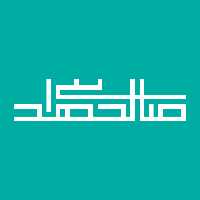Analysis of user interface design styles in Iranian cultural applications (book reading)
In the last two decades, two distinctive and emerging features in mobile phones have made them a good platform for the use, production and publication of works of art, two features are: touch screen and the ability to install smart applications. In this regard, the user interface as the main factor of user interaction has played a very important role. A user interface is a set of features that an application provides so that the user can receive the application input and use it easily. Even the most sophisticated code and the most clever visual designs will be doomed to failure if the user interface lacks the necessary functionality. In other words, the interface of a software is the main communication link between the human brain and the digital product. Also, analyzing and understanding human behavior with a digital tool is the key to UI design secrets and user experience. To date, all styles and languages in user interface design are derived from Western art features. Of course, design languages are pervasive styles that can guide the design of a product, and each nation can have its own method according to its national and ethnic tendencies. In the UI design of mobile applications, like any other product, there is more than one pattern or design style. These design languages can inspire a special look and feel in any application by guiding you in choosing colors, shapes, patterns, textures, compositions, and even fonts. The purpose of this study is to determine what styles Iranian-cultural applications follow to design the user interface.
-
Recognition and analysis of motion graphics in cyberspace posters(Case Study: Motion-Movie Films Poster)
*, Sedighe Ghariyan, Behnam Zangi
Journal of interdisciplinary studies of visual arts, -
The Effect and Analysis of Color in the Design of the User Interface of Iranian Social and Cultural Applications (Android 2017-2018)
Saleheh Al-Sadat Hedayati *, Sedighe Ghariyan, Behnam Zangi
Journal of Interdisciplinary Studies of Arts and Humanities,


